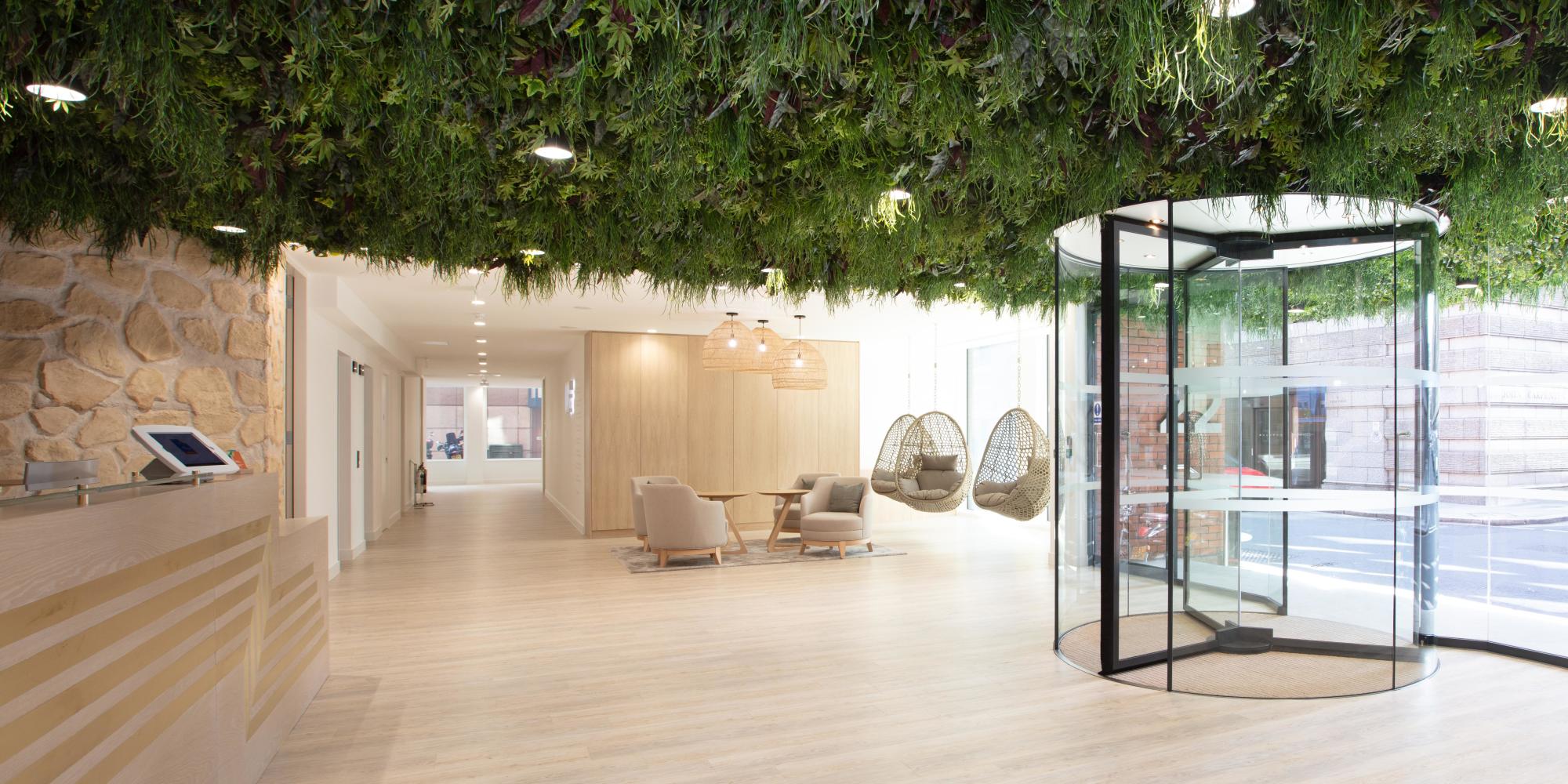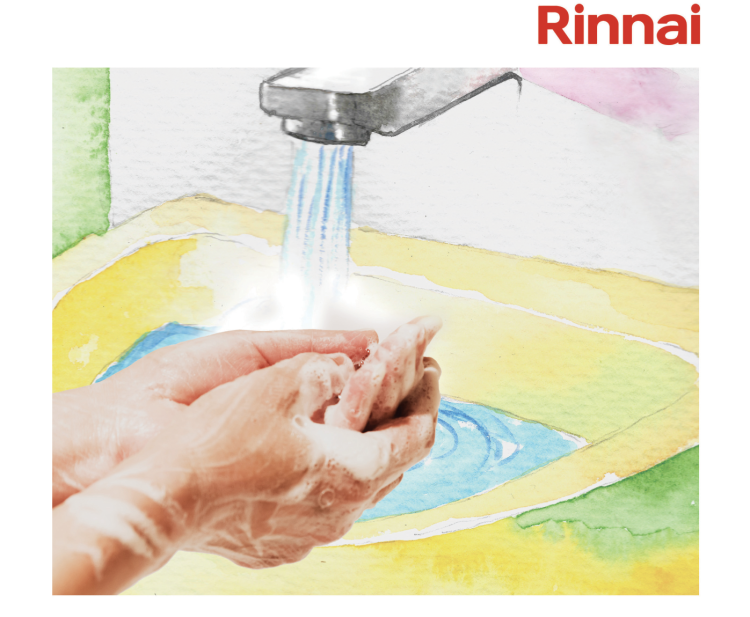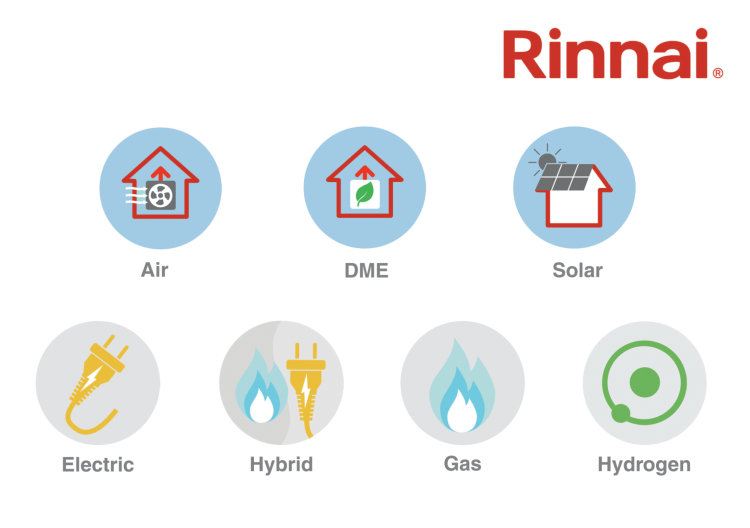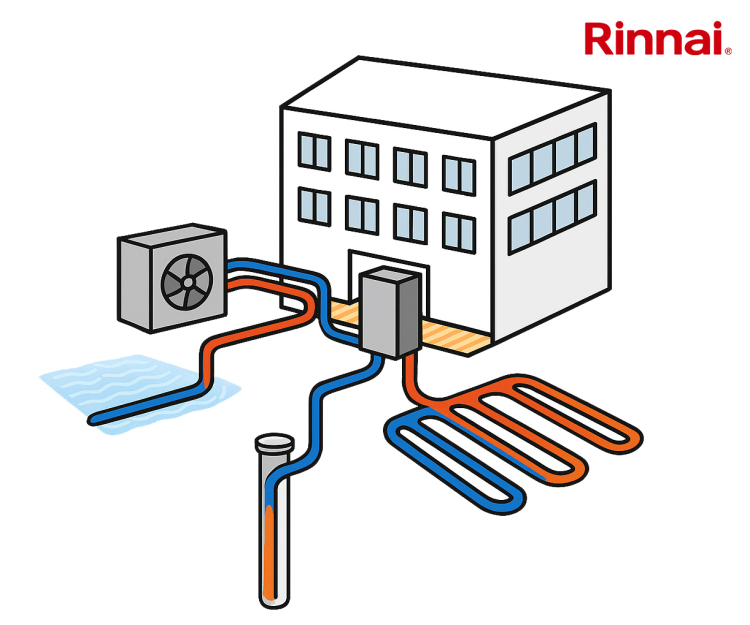29 April 2020 | Updated 14 May 2020
Niki Fuchs, Managing Director of Office Space in Town, writes about the post-Coronavirus workplace landscape, and how remote working has taught us employers should foster workplaces that offer the best of both worlds.
Office Space in Town is a UK leading serviced office provider which Niki Fuchs co-founded with her brother, Giles Fuchs. Starting in the industry at the age of 21 as a receptionist, Fuchs moved up to Conferencing Assistant, Centre Manager, Operations and Training Manager and eventually Managing Director. In 2009, she launched Office Space in Town, and the company has now grown to seven successful offices in London including Blackfriars, Liverpool Street and Waterloo, and a number of others throughout the UK.
"When we do return to work, employers should foster workplaces that offer the best of both worlds, from optimal connectivity and elements that promote wellbeing to design that encourages a sense of community."
–Niki Fuchs
Managing Director, Office Space in Town
.jpg)
Picture: Niki Fuchs
Workplaces that offer the best of both worlds
There’s no question that COVID-19 has provoked change in the way we work, as well as how we will view and use “the office” in the long term. What this prolonged period of working remotely so far has taught us is that, while we can work from home, we are unlikely – as some have mistakenly suggested – to ever give up the office completely.
Connectivity issues, isolation from our colleagues and an inability to clearly separate our home and work life has made remote working a necessary but less than ideal reality for many of us over the past few weeks. Indeed, remote workforces are already beginning to report that they miss the structure and community of the office, with issues such as health and wellbeing coming to the fore during COVID-19. As a result, when we do return to work, employers should foster workplaces that offer the best of both worlds, from optimal connectivity and elements that promote wellbeing to design that encourages a sense of community.
Get connected
One clear outcome of the workforce’s sudden shift to remote working is a renewed appreciation for high-quality technology. From the time-sensitive email that won’t send to an important video call that won’t connect, we have all been at some point over recent weeks let down by poor technology. Such technological hiccups are not only a source of increasing frustration for workers struggling with broken lines of communication, but a major contributor to productivity dips, as well as spikes in work-related stress.
In response, the office we return to after COVID-19 will have to incorporate quality technology that fosters reliable communications channels, as well as enabling employees increasingly used to working remotely to be more footloose and flexible. Basic infrastructure such as modern AV amenities and a high-speed internet network, can help provide a more streamlined way of working that not only has a significant impact on productivity, but also prevents small tech frustrations from becoming a greater source of stress.
Focus on the physical elements
Being at home and having greater control over our working environment in recent weeks has been an important reminder for many of us that the physical environment in which we work has a major impact on our productivity and wellbeing. Natural light and air quality, for example, have significant effects on an individual’s mental and physical health, meanwhile, unsuitable furniture can cause significant physical strain in the long term. With so many hours spent working, planning for these factors to protect the workforce is critical.
.jpg)
Picture: A meeting room at OSiT Blackfriars - Office Space In Town's newest office which opened its doors in July 2019.
Spaces that introduce natural light, as well as outdoor areas, are likely to be viewed by employers as an important investment into workers’ wellbeing after COVID-19. Other options include specialised lighting that mimics natural light, while digital capabilities such as smart windows and sensor technology can help manage lighting and ventilation. While using the right lighting can reduce eye strain, using ergonomic furniture can reduce risk of physical issues. For example, the use of sit-stand desks and quality designed chairs can ensure healthier working for extended periods of time – a welcome change from sitting on a sofa or using an ironing board as a make-shift desk at home.
With employee wellbeing and physical health likely to be top of the agenda in the wake of the pandemic, we can expect these solutions to be commonplace in our future offices.
Promote workplace wellbeing
Unsurprisingly, uncertainty and anxiety have been major features of this global pandemic and as a result, mental and emotional health have emerged as workplace issues to which workers and employers are increasingly alert.
While many of the factors already mentioned, from increased connectivity to enhanced physical office elements, will have a significant impact on the mental wellbeing of staff, it will also be crucial for businesses to recognise the value of promoting an “emotionally intelligent” office. As a result, offices that incorporate quiet areas, social spaces and facilities, such as gyms will become standard, as employers look for simple steps to look after the mental wellbeing of their staff.
Foster community through design
Having spent a great deal of time away from colleagues during COVID-19, many of us are realising that simple human connections and a positive sense of community are underappreciated elements of an office that affect our productivity, motivation and overall wellbeing. As a result, we should expect community to be at the heart of our post-COVID-19 offices.
In months to come, employers and office providers are likely to show an increasing preference for workspaces that feature open planned floors and break out areas that promote collaboration and socialisation. A straightforward way that businesses can help do this without redesigning the office entirely is by creating “collision points” such as centralising the printer, coffee machines and water fountains to encourage spontaneous social interactions between colleagues.
A happier and healthier workforce
The office as we know it will no doubt change as a result of COVID-19. With workers increasingly realising the importance of high-quality technological infrastructure and valuing workspaces that promote physical health, mental wellbeing and a sense of community, employers and office providers will have to respond to deliver our post-pandemic offices of the future. Those that provide the best environments to reflect this changing need will no doubt reap the rewards of a happier and healthy workforce for the long term.
Picture: The entrance at OSiT Blackfriars
Article written by Niki Fuchs | Published 29 April 2020
Share
Related Articles
Making Buildings COVID-Secure To Encourage Workers Back Could Cost Millions
Adapting workplaces to increase employee confidence could cost larger property owners several million pounds, according to a report by the Financial Times.
Liviu...
Read Full Article
Reserving a Serviced Office – The Future of Getting Back to Work?
Flexible office provider Office Space in Town has today launched “OSiT Adjust”, a product which allows their clients to reserve a serviced office space on a...
Read Full Article
The Six Feet Office Concept
Cushman & Wakefield is pioneering a new office design scheme based around the “six feet rule” of social distancing.
The global real estate...
Read Full Article
How COVID-19 Is Changing The Design Of Commercial Buildings
With COVID-19 creating a dramatic and sudden shift in the way we work, there’s little doubt that this pandemic will change the commercial real estate sector.
We...
Read Full Article
Memorial to Transport Workers who Lost Their Lives to COVID-19 Unveiled
A new memorial in Aldgate that commemorates transport workers who passed away due to COVID-19 has been officially opened by the Mayor of London Sadiq...
Read Full Article
MPs’ COVID-19 Report Calls on Minimum Standards for Hygiene Infrastructure
MPs are recommending a series of measures to prepare the UK for future public health emergencies, resulting from an inquiry into the role of cleaning during the COVID-19...
Read Full Article
Sodexo’s Head of Health & Safety Named COVID Workplace Champion
April Harvey from Sodexo has been recognised for her role as health, safety and risk lead in the mobilisation of the first COVID quarantine facility and COVID-19 test...
Read Full Article
Improving Indoor Air Quality This Winter
During the pandemic, COVID has raised the profile of the quality of the air we breathe in our buildings – how do we maintain this priority throughout the winter...
Read Full Article
University Researches AI Surveillance for Social Distancing Monitoring
Researchers at Griffith University, Australia, have developed an AI video surveillance system to detect social distancing breaches in an airport without compromising...
Read Full Article
BESA Highlights Shortcomings of Government IAQ Report
A report commissioned by the government’s chief scientific adviser Sir Patrick Vallance has highlighted the crucial role played by building ventilation in...
Read Full Article


.gif)

.gif)
.gif)



.jpg)
.jpg)




.png)

